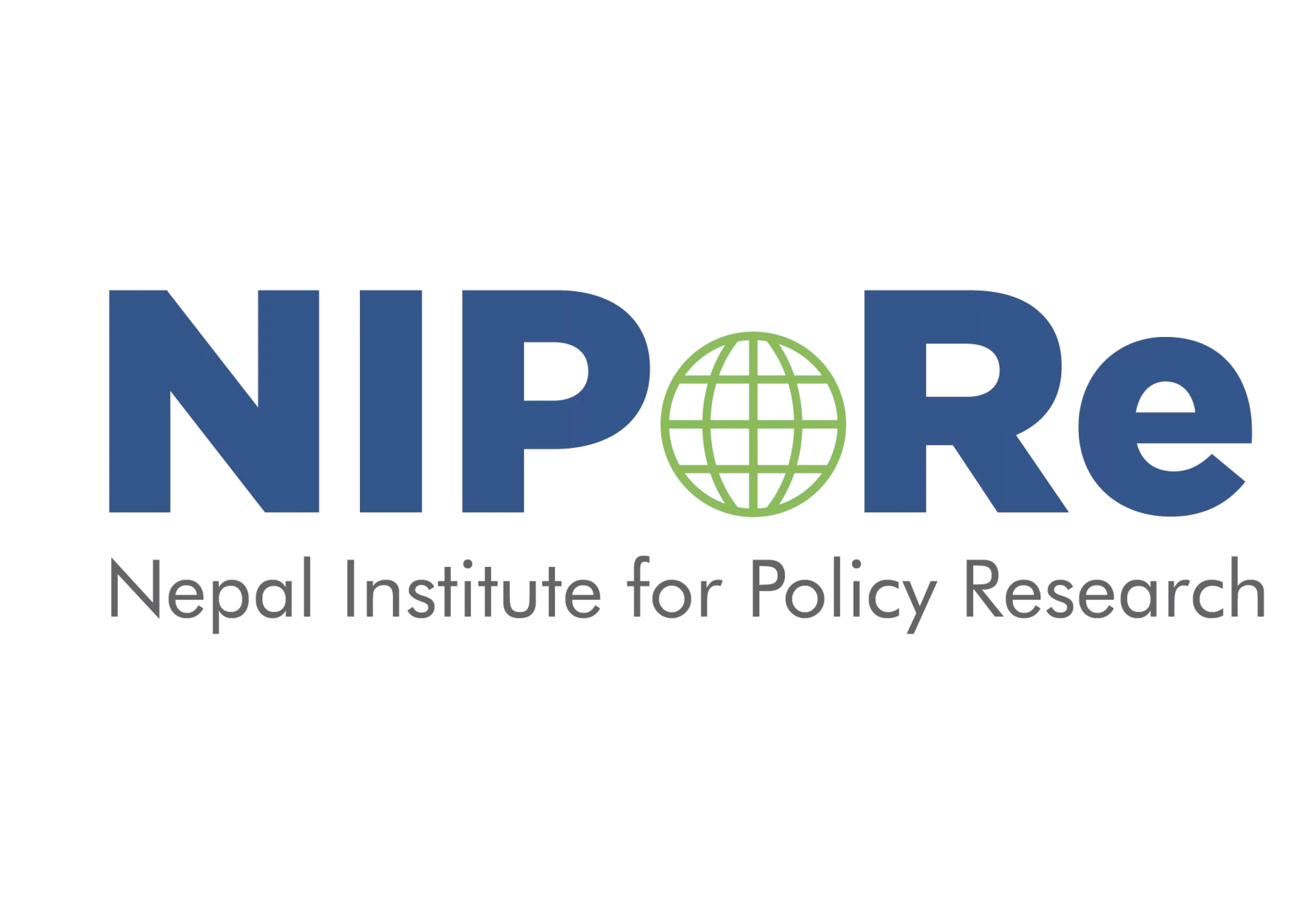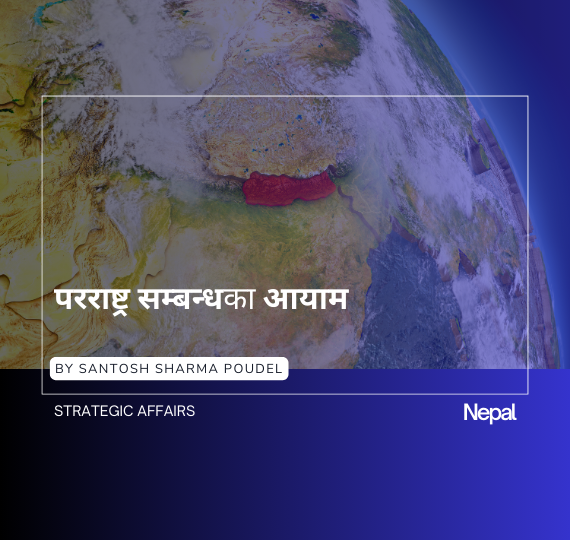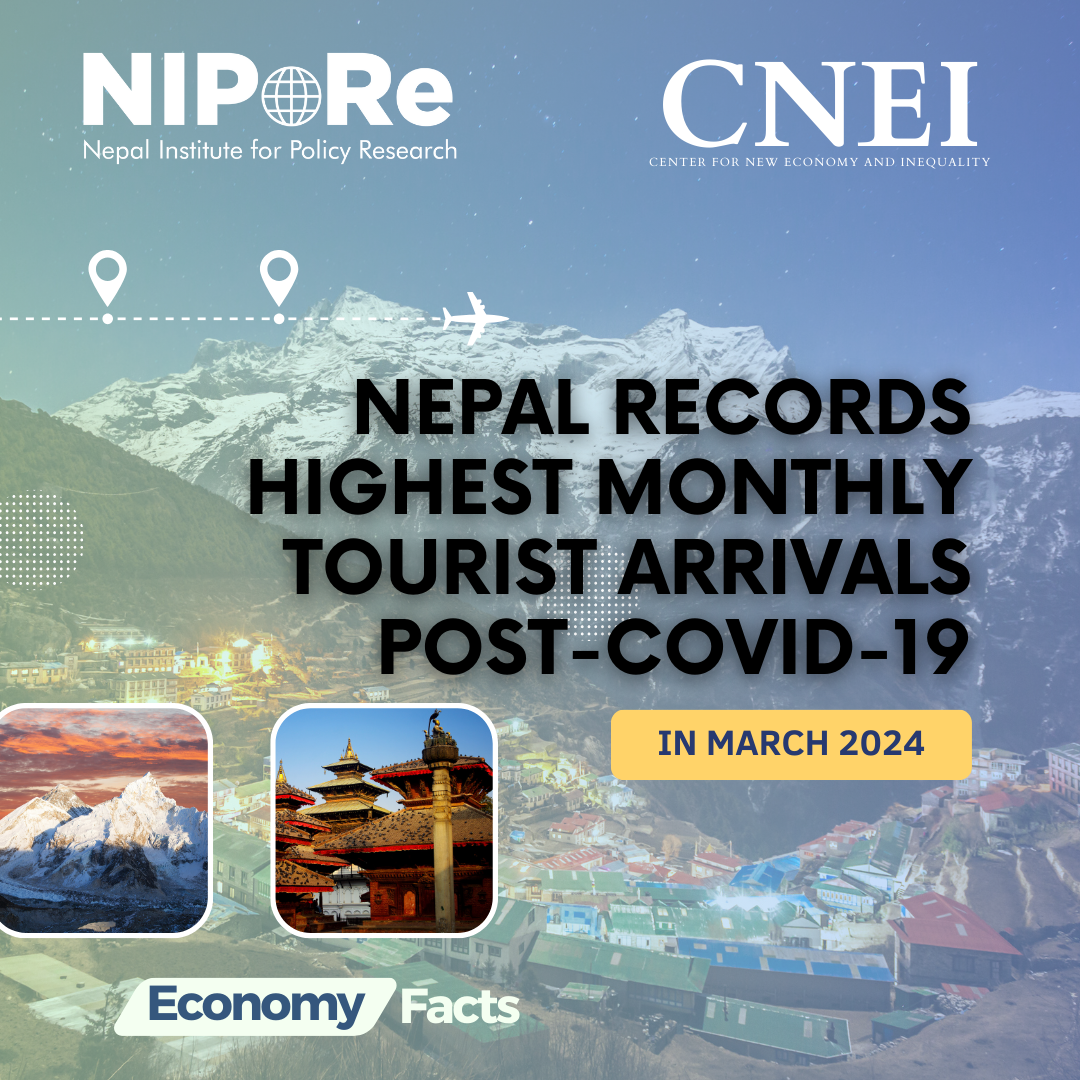Synopsis
For long, the tourism sector has remained as one of the key components of Nepal’s national economy. With less than two months left before the formal beginning of “Visit Nepal 2020” (VNY2020), key stakeholders within the Government of Nepal and the private sector have been working to make this initiative a success. In this regard, I highlight why it would be wise for these stakeholders to also focus on improving travel options and services for domestic tourists as well while working on those options for the international visitors. I believe, the experiences of local tourists will have significant impacts on travel decisions of the guests from outside Nepal.
Background
Strategically positioned between two of the world’s largest economies – China and India, Nepal has immensely pacing its growth in tourism sector right after opening its door to the world in the 1950s. After the successful campaign to promote tourism in Nepal through “Visit Nepal 1998” and “Nepal Tourism Year 2011”, the government of Nepal has already announced year another ambitious tourism plan – Visit Nepal 2020 (VNY2020). As tourism sector accounts for 7.5 percent of Nepal’s GDP and is forecasted to reach 8.3 percent of GDP in 2027, the country has enough reasons to employ plans and policies to further boost this sector. Also, tourism in general has positive impacts across regions, especially in terms of generating employment, improving socio-economic conditions of local communities, and production and sales of higher local goods and services.
As per the VNY2020 plans, the Government of Nepal targets to bring in 2 million foreign guests into the country. With a catchy slogan of “Lifetime Experience”, Nepal not only plans to bring in more tourists into the country but also plans to establish the country as one of the first choices among global travel enthusiasts. To achieve these targets, the concerned public and private stakeholders have been working to improve existing destinations while also exploring few more new destinations. Nepal believes, with these, the tourists will have more options to travel to and experience Nepal’s most unique experimental and lifetime travel routes.
The VNY2020 is Nepal’s mission to show the world country’s, often undervalued, tourism industry and thus attract more of the high-value tourists by creating the best possible tourism experience. To make the year-long campaign a success, Nepal’s Ministry of Culture, Tourism and Civil Aviation (MoCTCA) has been partnering with Nepal Tourism Board (NTB) and other key public and private stakeholders, most notably Nepal’s Ministry of Foreign Affairs (MoFA), local airlines companies, tour and travel operators and hoteliers. To move forward, an implementation sub-committee chaired by the MoCTCA Secretary has been formed and tasked with partnering with all stakeholders to make required preparations for the campaign.
Recent Trends in Nepal’s Tourism Sector
In 2018, Nepal hosted 1.17 million international visitors. China, India, the United Kingdom, the United Kingdom and Sri Lanka were the top five countries of origin for tourists that year. While the numbers of international guests was encouraging, the local tourists accounted for almost half of the total tourists in 2017.
Of the total visitors, more than two-thirds of them arrived for vacation, entertainment or travel. Overall, the entertainment, mountaineering/trekking, religious, and other trips comprised of 60 percent, 16 percent, 14.4 percent and 9.6 percent respectively. In the meantime, considering the recent boom in the quantity of local travelers traveling in Nepal and outside, it gives a clear message to the tourism industry and international market alike that Nepali travelers too could be an important part of the local and global tourism markets.
Preparing for VNY2020
Synergy of efforts along with the private sector, diplomatic missions, Nepali diaspora, the media and other stakeholders can be seen to support the overarching objective of VNY2020. In regards toVNY2020 prospects of domestic tourism in recent years have also been the key areas of interest for tourism stakeholders leading to its steady growth which in turn, is bound to fuel the tourism environment in Nepal. In the span of five years, domestic tourism has increased by almost five-fold with Nepalis have also developed a desire to travel around the country which signifies the booming of the sector. Apart from traditional leisure destinations, numerous new destinations have drawn domestic adventurers lately which not only promotes domestic movements but also attracts and opens ways for international tourists.
With the Visit Nepal 2020 in sight, the Government of Nepal has allocated a budget of Rs 2.68 billion for FY 2019/20 and 11 special strategies have been identified to develop and promote the tourism industry in the National Tourism Strategy 2016-2025. And, these allocations and strategies encourage/invite domestic and foreign investment, promoting public-private partnership, improving infrastructure, reforming government policies which pace the growth of tourism industry and numbers of domestic and international tourists. The crucial part is to accomplish the broader objectives of VNY2020 campaign and other tourism strategies where tourism stakeholders needs to immediately consider the five low hanging interventions proposed by our NIPoRe researcher – Mr. Nirnaya Bhatta. Those interventions that are related to infrastructure, security, better service and experience, payment mode and transportation doesn’t only ensure safe travel for international tourists but also promotes domestic tourism.
In the meantime, the Chinese President Xi Jinping’s State Visit to Nepal in October this year has added a new vigor in the diplomatic relation between Nepal and China. Additionally,, following the visit, the numbers of Chinese tourists here increased. Post State Visit; 15,037 Chinese tourists visited Nepal which is 11.5 percent more than the number of Chinese visitors coming to Nepal in the same period last year. This clearly shows that meaningful diplomatic practices too can help Nepal to work towards achieving major VNY2020 targets.
Stakeholders like Nepal Tourism Board (NTB), Nepal Mountaineering Association (NMA), Hotel Association of Nepal (HAN), Federation of Handicraft Association of Nepal, Nepal Association of Tour and Travel Agents and Nepali diaspora are on stage promoting Nepali tourism before formal beginning of VNY2020. These stakeholders have been trying to do global promotion of VNY2020 related plans and activities.
Though using diplomatic relations and collaborations within and across the stakeholders can definitely bring larger outputs, and, while promoting works outside Nepal for related activities, these stakeholders also need to cleverly think of targeting existing major countries of origin of foreign travelers to Nepal and also reaching out to new countries if they wish to establish Nepal as one of the top travel destinations in the world.
As the larger numbers of international travelers is definitely a good idea to boost Nepal’s struggling tourism sector, but still the larger question remains – “Are these stakeholders considering the aspects of domestic tourists”. If stakeholders are strategic enough, they can lure Nepal’s increasing middle-class to spend more time on exploring Nepal’s diverse tourism destinations.
Also, merely a surge in numbers does not add up to significant results unless Nepal can encourage tourists to stay for longer period and expand their daily expenditures. And to do so, these stakeholders also need to have ample diversified tourism packages. A bigger question may arise in this regard, i.e., “How to increase the tourists length of stay and expenditure?” The answer lies within the National Tourism Strategy 2016-2025 that focuses on tourism infrastructures. And, history has shown that without proper coordination and collaboration between tourism stakeholders it’s very difficult to accomplish these goals. For the domestic and international tourists alike what matters is their overall travel experience and that experience, in my view, is what Nepali tourism industry needs to sell which comes when all the stakeholders come together.
Concluding Remarks
Despite having countless travel destinations within the country, in recent years, more and more Nepalis are flocking for destinations outside for recreation and holidays. In my view, though we should not try to (and even if we wish, we won’t be able to) discourage Nepalis from traveling abroad, improving local tourism industry could encourage more Nepalis to stay back and travel across different parts of the country. This act will not only help locals to explore their country but also contribute towards local, regional and national economy.
As the official tagline for VNY2020 is “Lifetime Experiences” and with less than two months left before commencement of the campaign, we seriously need to further evaluate where we are and where our stakeholders are in regards to the campaign. The important aspects in this regard could be – Are we considering domestic tourism as an important aspect in the campaign? If so, what are our strategies that promotes domestic tourism? Thus, if infrastructures, services and experiences improve for domestic tourists, it will inadvertently improve for international tourists, which demonstrates that promoting domestic tourism and expanding the structural and functional priorities for domestic tourism will trigger bigger positive impact on international tourists.
References
- Bhatta, N. (October, 2019). Visit Nepal 2020 – Have We Managed to Get Our Priorities Straight?. Nepal Institute for Policy Research (NIPoRe). Retrived from https://nipore.org/nrc0016-visit-nepal-2020-have-we-managed-to-get-our-priorities-straight/
- Mahat, J.J. (October, 2019). President Xi Jinping’s State Visits – SAARC Vs ASEAN. Nepal Institute for Policy Research (NIPoRe). Retrieved from https://nipore.org/ndv0004-president-xi-jinpings-state-visits-saarc-vs-asean/
- Ministry of Finance, Government of Nepal. (2019). Budget Speech of Fiscal Year 2019/20. Retrieved from https://mof.gov.np/uploads/document/file/budget_speech_website_20190619052055.pdf
- Prasain, S. (May 26, 2019). Nepal tourism generated Rs240b and supported 1m jobs last year: Report. The Kathmandu Post. Retrieved from https://kathmandupost.com/money/2019/05/26/nepal-tourism-generated-rs240b-and-supported-1m-jobs-last-year-report
- Prasain, S. (July 29, 2016). Nepal tourism sets goal to boost arrivals fivefold. The Kathmandu Post. Retrieved from https://kathmandupost.com/money/2016/07/29/nepal-tourism-sets-goal-to-boost-arrivals-fivefold
- The Himalayan Times. (August 30, 2018). Outbound Nepali travellers spent almost Rs 80bn. Retrieved from https://thehimalayantimes.com/business/outbound-nepali-travellers-spent-almost-rs-80bn/
- The Himalayan Times. (August 18, 2019). Lack of Proper Systemisation, Infrastructure and Management are Hindrances for the Growth of Internal Tourists in Nepal. Retrieved from https://thehimalayantimes.com/business/perspectives/developing-domestic-tourism/
- The Himalayan Times. (November 12, 2019). Chinese Tourists’ Arrival Up. Retrieved from https://thehimalayantimes.com/nepal/chinese-tourists-arrival-up/
- The Kathmandu Post. (June 30, 2016). Middle Class Swells to 22pc of population. Retrieved from https://kathmandupost.com/money/2016/06/30/middle-class-swells-to-22pc-of-population
- Stynes, D.J. (1997). Economic Impacts of Tourism. Tourism Research Laboratory, University of Illinois at Urbana-Champaign. Retrieved from https://msu.edu/course/prr/840/econimpact/pdf/ecimpvol1.pdf



